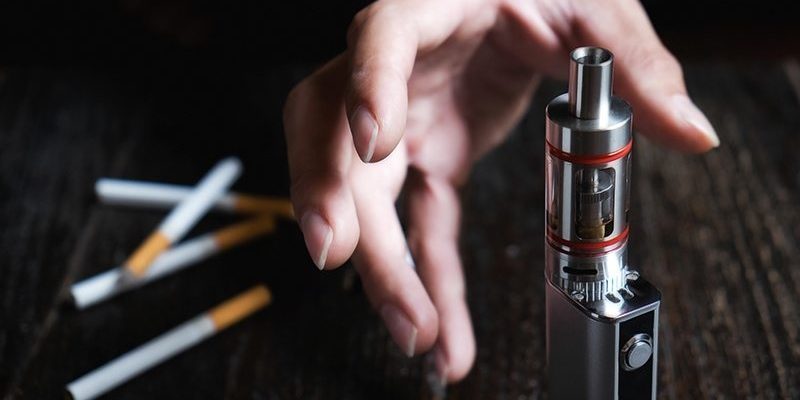In a busy digital life, we are all addicted to electronic devices. Some electronic devices that are being used are laptops, smartphones, fitness devices, chargers, etc. These are all electronic devices and are compact in nature. They have many minute components that are to being used in these devices. For effective working of any device, testing is the process that is done to ensure its efficiency.
Likewise, testing is done to find out any defects in the product. As the electronic devices are small, the dust gets easily accumulated in them. To make the product to withstand from dust, the product is tested in a dust chamber. This is a typical example and there are many applications where dust chambers are being used. They are as shown below.
Applications of dust chambers
- Dust chambers are used for testing electronic devices at extreme dust conditions.
- They are being employed in aerospace experiments which are using PVC cells and these are being tested in these chambers to ensure they withstand heavy dust from space and other planets.
- These are being used in satellite laboratories to have devices that withstand heavy dust weather in M
- They are also used for aeronautical purposes for designing and testing the wings and tail body of an airplane.
- They are also being used for research purposes because of their amazing benefits like working at optimum conditions with less maintenance.
- The use of this chamber is a low mess solution for day testing requirements for automotive and electronic components.
- They are also being used to test the degree of protection from dust and it’s adverse effects.
Dust testing techniques
Dust and sand testing are used to evaluate and test an electronic device or a component during its development or its sealing. These tests similar the effects of sharp dust and sand of up to 150-micron size in a device. Normally, dust and sand enter small crevices, edges, vents, and bearings that cause very serious damage that is responsible for the decreased efficiency of that manufactured device. The steps of dust testing are as shown below.
- First, the device to be tested is placed in a dust chamber or an enclosed device.
- Then, a strong artificial flow of dust and sand is blown against the
- The temperature, humidity of the dust chamber is also controlled during dust testing.
- The velocity of the air flow will be controlled to get the characteristics of the device under extreme dust conditions.
- During this testing, the test sample area should not be more than 30 to 50 percent of the floor This facility is to provide a path for proper air flow in the test sample.
- After blowing air onto the test sample, the characteristics of the device are calculated.
- These characteristics are used to determine the effects of dust on the working of the test sample.
These are the steps involved in dust testing. Dust testing is normally done in a dust chamber.
Conclusion
This article provides information about the dust chambers and dust testing techniques. Envisys Technologies provides the best dust chambers. This article also discusses the applications of dust chambers.


